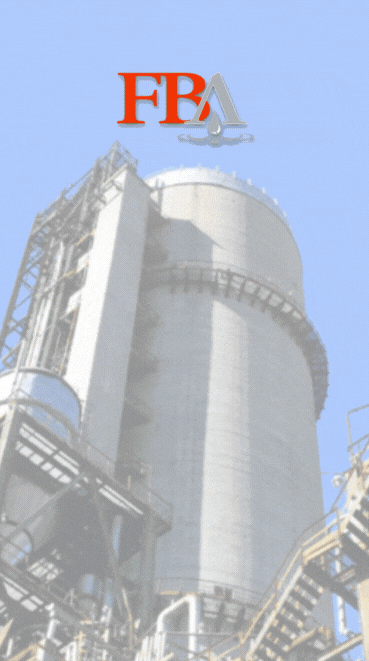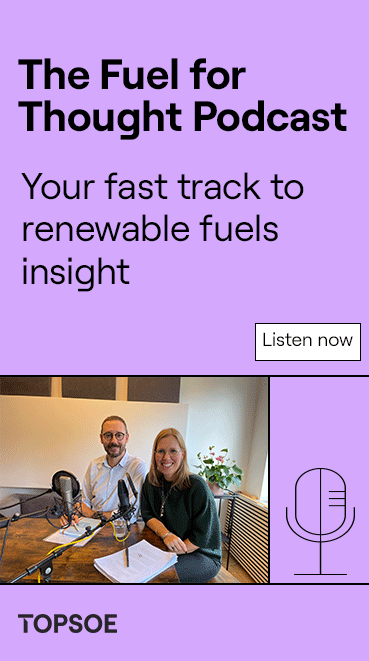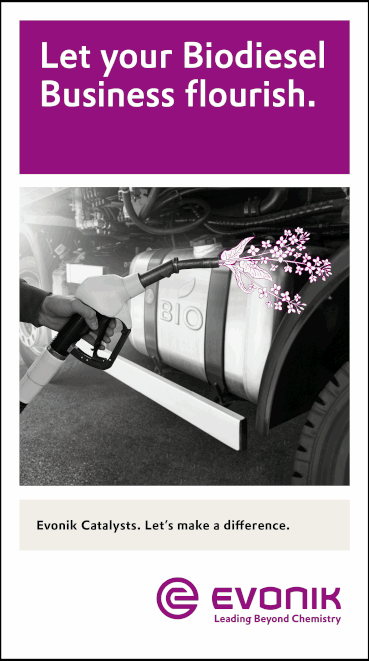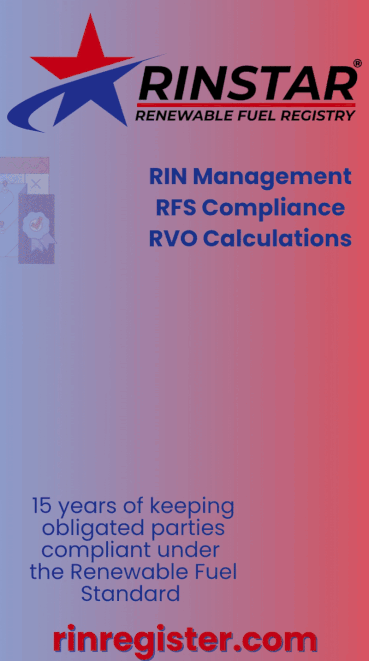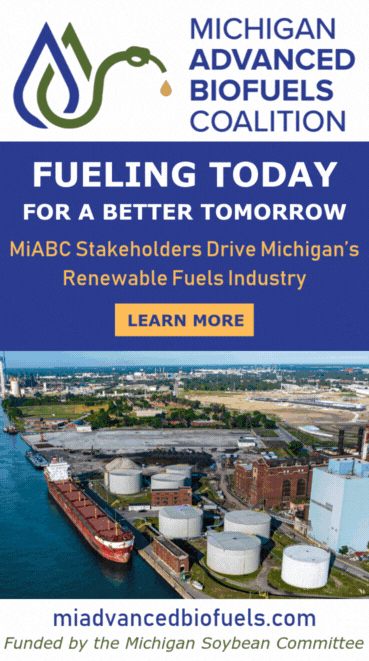United invests in eSAF project developer Twelve
- United Airlines
- May 7
- 2 min read

United announced May 6 an investment in sustainable aviation fuel (SAF) project developer Twelve.
The investment by the United Airlines Ventures Sustainable Flight Fund follows Twelve’s $83 million Series C funding round and project financing for its first eSAF production facility, AirPlant™ One, located in Moses Lake, Washington.
The facility is expected to begin production this year and plans to produce 50,000 gallons of SAF annually.
Last year, Twelve secured a purchase agreement with International Airlines Group.
Under the 14-year contract, Twelve is expected to supply 260 million gallons of SAF to support its five airlines.
This long-term agreement, combined with the development of Twelve’s first plant, underscores the demand for the company’s technology and SAF, according to United.
The SAF Twelve plans to produce once its plant becomes operational is expected to reduce lifecycle emissions by up to 90 percent compared to conventional jet fuel.
“Scaling the SAF industry is the major hurdle air travel needs to clear in order to increase the supply and reduce the price of lower-carbon fuels,” said Andrew Chang, head of United Airlines Ventures.
“Twelve has differentiated themselves through the capital they have raised and the SAF contracts they have secured, providing them with the flexibility to commercialize their technology and grow their operations expediently,” Chang said.
Nicholas Flanders, co-founder and CEO of Twelve, added, “United’s Sustainable Flight Fund’s investment reinforces our momentum at a pivotal moment as we move from innovation to implementation. With AirPlant One launching imminently and strong a collaboration with United, we’re not just envisioning the decarbonization of air travel—we’re actively building it. Because we have the capability to deliver our E-Jet® sustainable aviation fuel at scale, Twelve is proudly creating a realistic pathway to carbon-neutral aviation that meets both operational demands and climate goals.”
Twelve’s advanced technology uses renewable energy to combine carbon captured from air and hydrogen obtained from water into the basic building blocks that make fuels, plastics and other materials.
By using renewable electricity, captured carbon and water, the process reduces the reliance on fossil fuels, lowering lifecycle greenhouse-gas emissions, including the emissions associated with production of fuels and in manufacturing.







